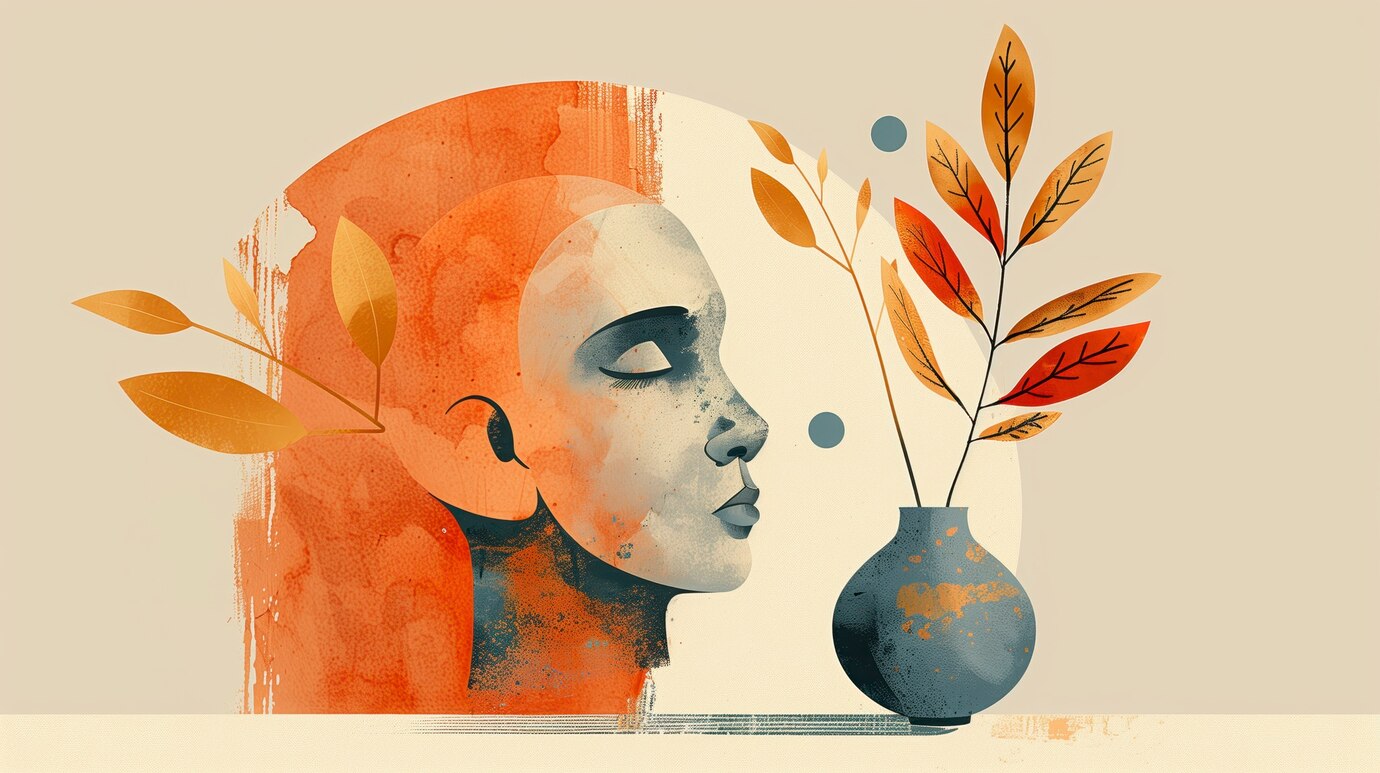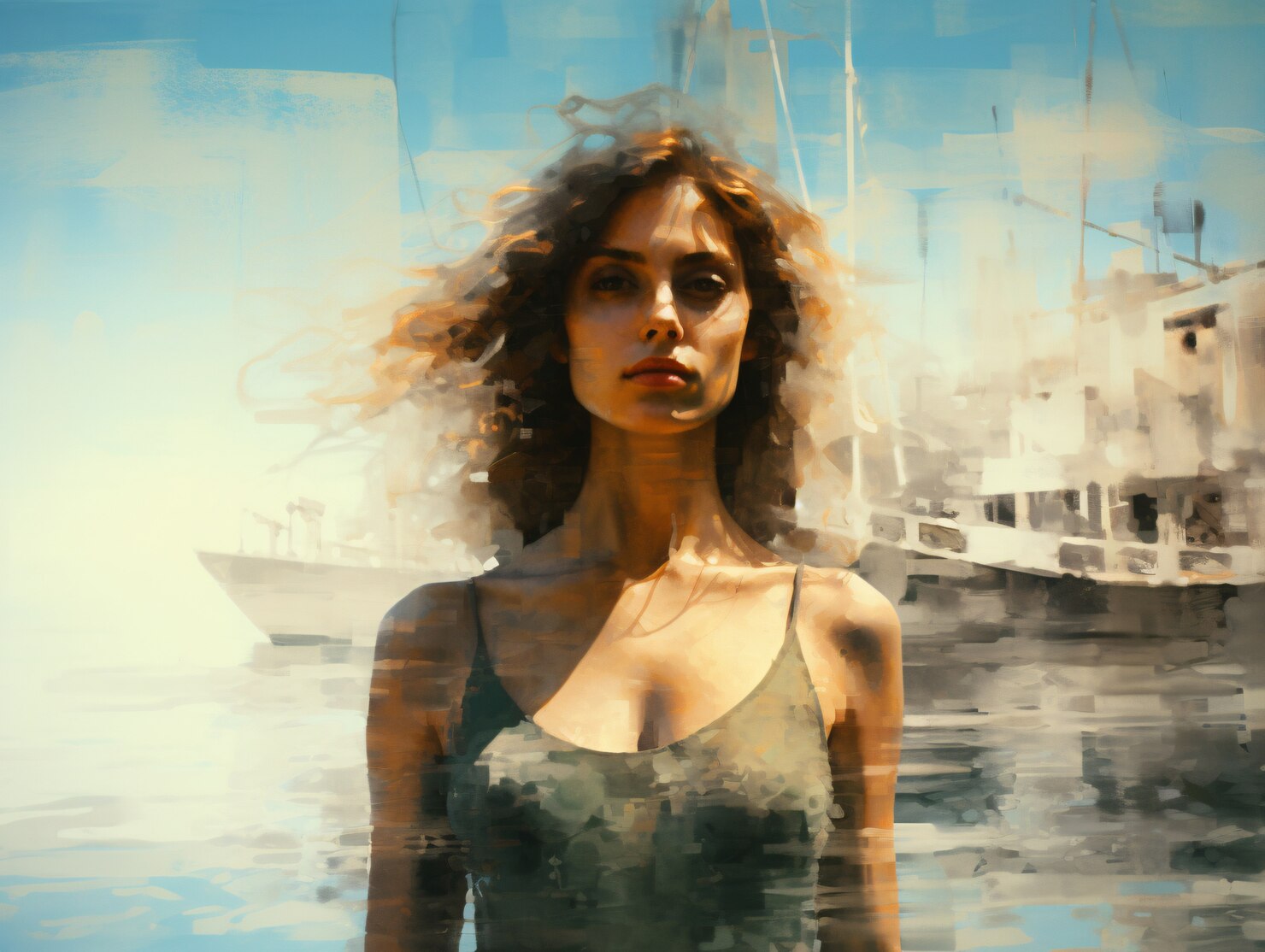
The Enduring Tradition of Hand-Painted Portraits
A hand painted portrait is more than a likeness; it is a record of emotion and a moment caught in brushstrokes. As we live in the age of digital cinema and visual culture, painting remains important, maybe even helpful, as a quiet reminder of the nature of art and what it means to experience art. In art, the experience is just as important as what the artist actually exhibits.
A painted portrait is developed over time; the photographer captures the likeness and detail instantaneously. In painting, every stroke and layer has intent. The designer considers light, expression, and gesture while it is in color and rhythm. A portrait appears as a document of the subject and a piece of the artist's experience.
The Interaction Between Artist and Subject
A lively feeling in a portrait occurs because the painter, and their subject, each have their own voice. When someone poses for a painted portrait, this is no ordinary recording of features. It is in fact a conversation. The artist is conscious of gestures, the silences, the subtleties that are un-catchable on camera.
This human interaction gives hand painted portraits of the two souls. You can feel thought in the gaze, softness in the hands, or a quiet pride in posture. The final image may appear to be still, but the painting holds movement, of memory, presence, and understanding.
In painted portraits of famous people, the subject is not a "famous" person, but rather a "human" person. Each brush stroke breaks down the difference between the subject and observer, which allows one to discover the human being lies beneath the position.
The Lasting Charm of Giclée Fine Art Prints
Modern applications, such as giclée fine art prints, allow access to painted art in a different way. The word "giclée," is derived from the French word meaning "to spray," emails the method of the inkjet process used to replicate art in new detail.
These prints captured color, noticed texture, depth, and tone. Each color was meticulously balanced to ensure that the story of the work remained intact. For artists, it is their way of saving the original moment, and enthusiasm with a sense of reality.
For viewers, giclée prints can allow a sense of art appreciation, without standing before their original painting. A chance to feel the same sensation of emotion almost the artist had the moment it arrived read more.
Conclusion
When you look at a hand painted portraits, you connect with someone's narrative. To possess or to value a fine art reproduction is keeping that narrative alive. Art, in a pure sense, is a connection between the artist and the subject, and between the audience and the unseen moment that takes place behind the surface of the painting.
That is why the core of portraiture is not fading as style and techniques will evolve. It still reminds us that the human being presented in art is never stagnant, it is perpetually refreshed.
